With Autumn comes the imminent arrival of the holiday season. Discounting vagaries like the NFL Kickoff, or the NBA Tip-Off, the first traditional holiday that Americans typically celebrate is Halloween; usually engaging in a myriad of Halloween traditions. The concept of Halloween originated in Celtic tradition during the celebration of Samhain, a festival announcing the culmination of harvest season. It, initially, announced the onset of the New Year, during which the veil between the mortal and immortal worlds was believed to be especially thin. It was thought, during this moment of transition, the living could communicate with their lost ancestors and loved ones.
In the US, one of, if not the most, cosmopolitan polities in the world, it is not uncommon for cultural traditions to be appropriated. With the arrival of new migrants, our culture becomes evermore enriched with new ideas and new beliefs. The pagan holiday of Sahmain, and others like it, were eventually transmuted into the holiday we now understand as Halloween. With the advent of Christianity and the corresponding predominance of the Catholic Church as an ecclesiastical authority, Europeans began observing All Souls’ Day in 1000 AD, a sanctified period during which the living prayed for welfare for the dead. This was preceded by All Saints’ Day, or All Hallows, on November 1st, making October 31st All Hallows Eve, later to be referred to as Halloween.
As with most things, the holiday became commercialized into its current manifestation or form. Youngsters, and sometimes mature greybeards, dress up in all manner of costumes, mischievously marching from door to door, peskily requesting treats. It is a holiday enjoyed by millions, an opportunity to both satiate our sweet tooth with a preponderance of candy and to indulge our creative impulses by masquerading ourselves in an alternate identity. To further inculcate yourself into the spirit of Halloween, below are 10 essential traditions you can employ to bring a maximum amount of fiendish fun.
Carving A Jack-O-Lantern
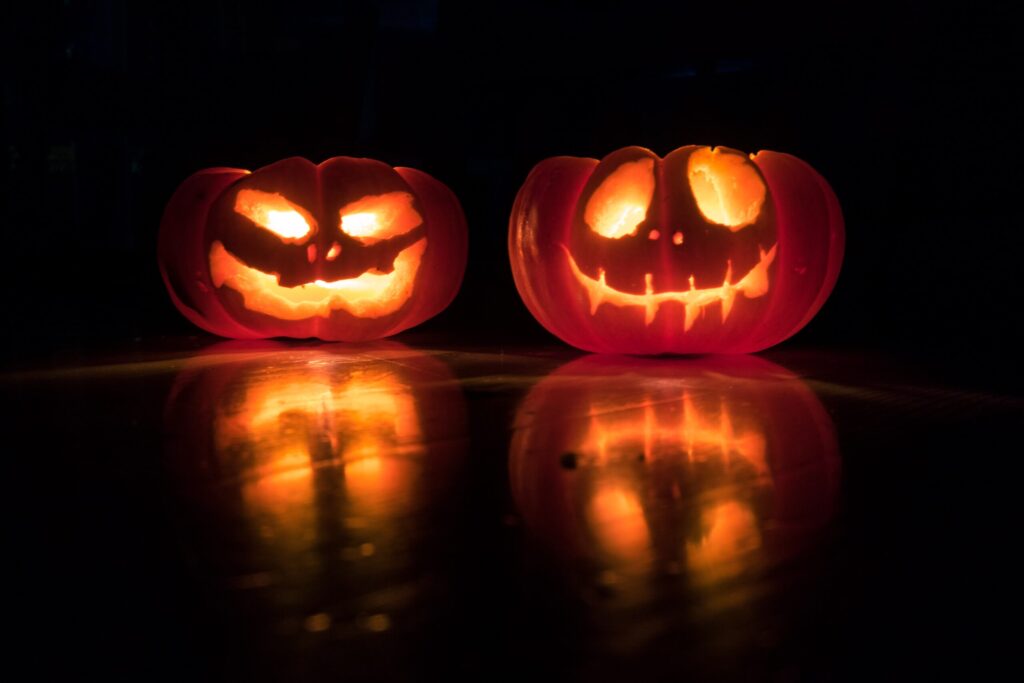
Carving pumpkins? What a queer tradition. Why was such a tradition concocted? It’s origins, like Halloween itself, derive from Ireland. An Irish myth relays a tale of a bumptious character named Stingy Jack, who manages to offend both God and the Devil. As a consequence, he is granted admission to neither Heaven or Hell, condemned instead to wander in self-fashioned purgatory. To staunch the potential meanderings of Stingy Jack, the Irish began carving demonic faces out of turnips, praying it would militate against the arrival of Jack at their doorstep. When a large swath of the Irish population migrated to America during the potato famine, they began to instead carve pumpkins, which were native to North America.
In contemporary times, the tradition of pumpkin-carving has persisted. Every year, Americans head to the pumpkin patch, selecting the most burnished pumpkin they can identify and promptly proceed to carve faces both humorous and devilish onto their exterior.
Bobbing For Apples – Halloween Traditions
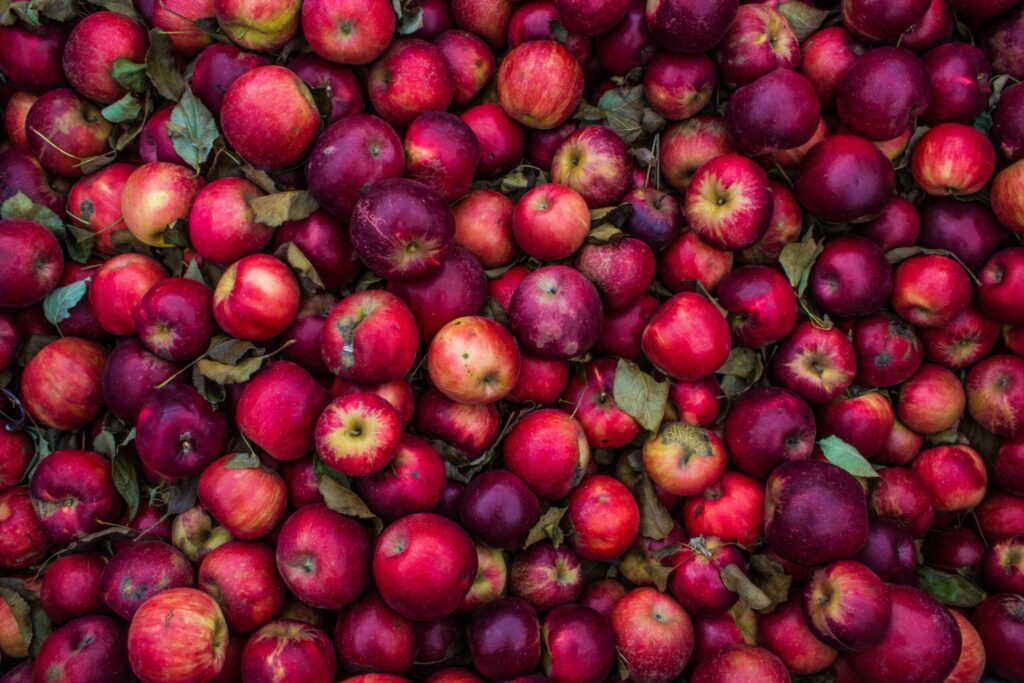
As with the tradition of carving pumpkins, bobbing for apples has its origins firmly entrenched in Europe. It was conceived of as a ritual to determine potential love interests for for adolescents. Apples were pre-assigned to potential love interests and tossed in a barrel of water. The young women would then attempt to retrieve the apple. If it took a single try to acquire the apple, the young couple were believed to have high prospects for success. If it took two attempts, the relationship was destined to wither. Three tries was a signal of foreboding, eliciting serious inquiry about the viability of the couple.
Our European ancestors brought this tradition to America, their apple seeds and Fall traditions fully intact. Halloween is irrevocably intertwined with the harvest season, which is why many crops offer utility in deploying ritualized celebration of bounty. Bobbing for apples is one way of doing so, engaging children and adults alike in a frivolous party game.
Lighting A Bonfire
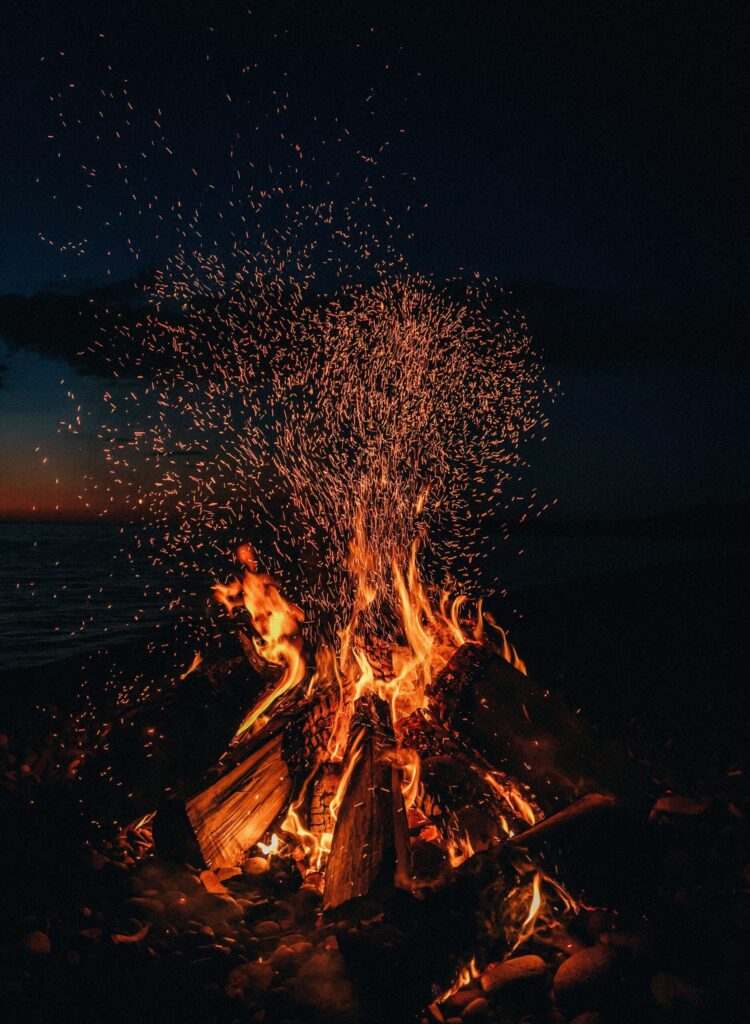
Similar to most Halloween traditions, the concept of lighting a bonfire during Autumn, a season also strongly associated with decay, originated in Ireland and Scotland. Lighting a bonfire was intended to frighten bellicose spirits and ghosts away from temporal spaces, among the still-living. Curiously, the bonfire was also applied as an agent of prophecy, a decisive indicator of who was going to die soon. If a stone thrown into the bowels of a bonfire was not visible the proceeding day, the person who tossed it into the flames was doomed to perish within the next year. What a terrible omen to persist under!
Now, a bonfire is no signal of foreboding, it is merely an exercise in joviality and fun. Candles now often replace the roaring bonfire, permeating darkness with flickering light, illuminating the most direct route for souls seeking an afterlife.
Batspotting – Halloween Traditions
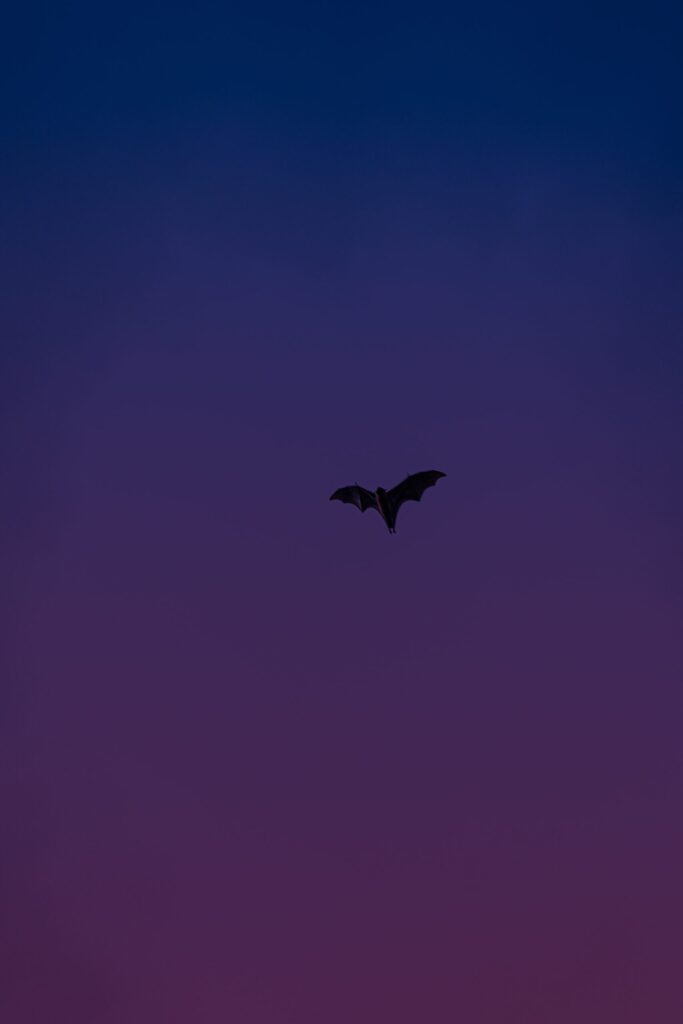
In medieval times, and perhaps even today, bats are viewed as harbingers of death. Viewing one surreptitiously sweeping through the night inculcated our forebears with dread and a perverse sense of delight. The animal quickly became connected with Halloween festivals all throughout Europe and the ceaseless lighting of bonfires necessarily attracted them to large gatherings of people. Myths abounded around the flying mammal. For instance, if a bat was spotted flying around one’s house three times, it was an ominous sign of imminent death for a member of the household. If a bat were to fly directly into a family’s home, the house was presumed to be haunted.
If one lives in an urban or suburban environment, it is unlikely you will make direct contact with a bat. But, should you do so, take solace in the fact that observing one is not a mark of mortality, but only a pagan superstition that has nonetheless advanced through the ages.
Pumpkin Walks
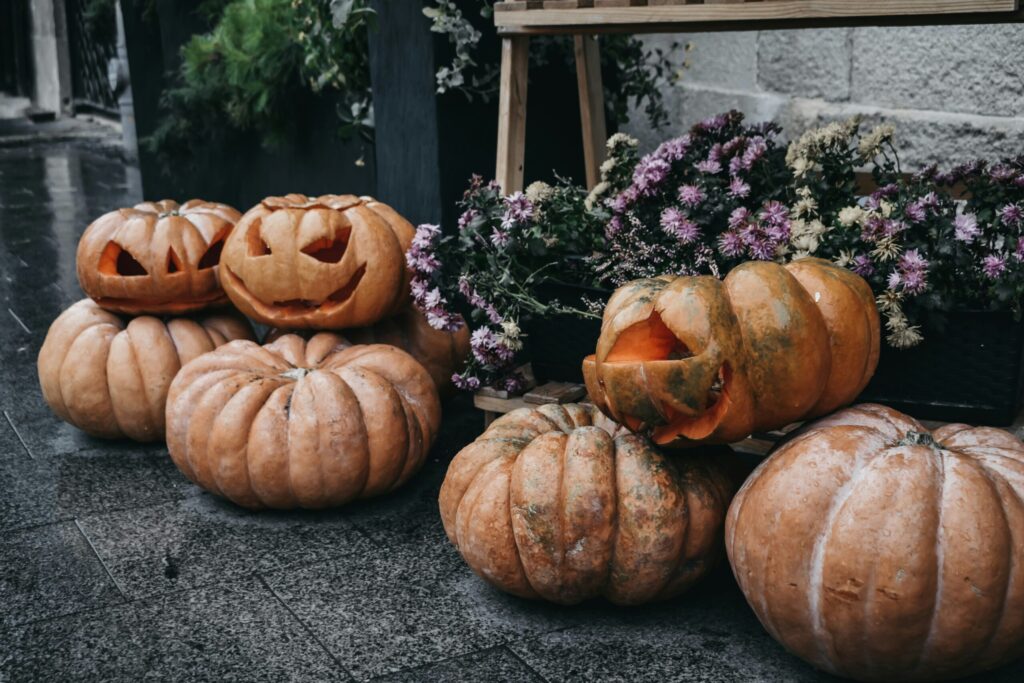
“Pumpkin walks” are a quaint tradition usually offered by smaller communities throughout America. Unlike haunted houses, which are more ominous in nature; pumpkin walks are organized as a cheerful family event, where costumed visitors are accorded snacks, treats, games, and a Halloween-themed stroll through a local park or community center. Participants generally bring their own carved pumpkins, competing in jack-o-lantern contests for a prize.
Orange And Black, Black And Orange – Halloween Traditions
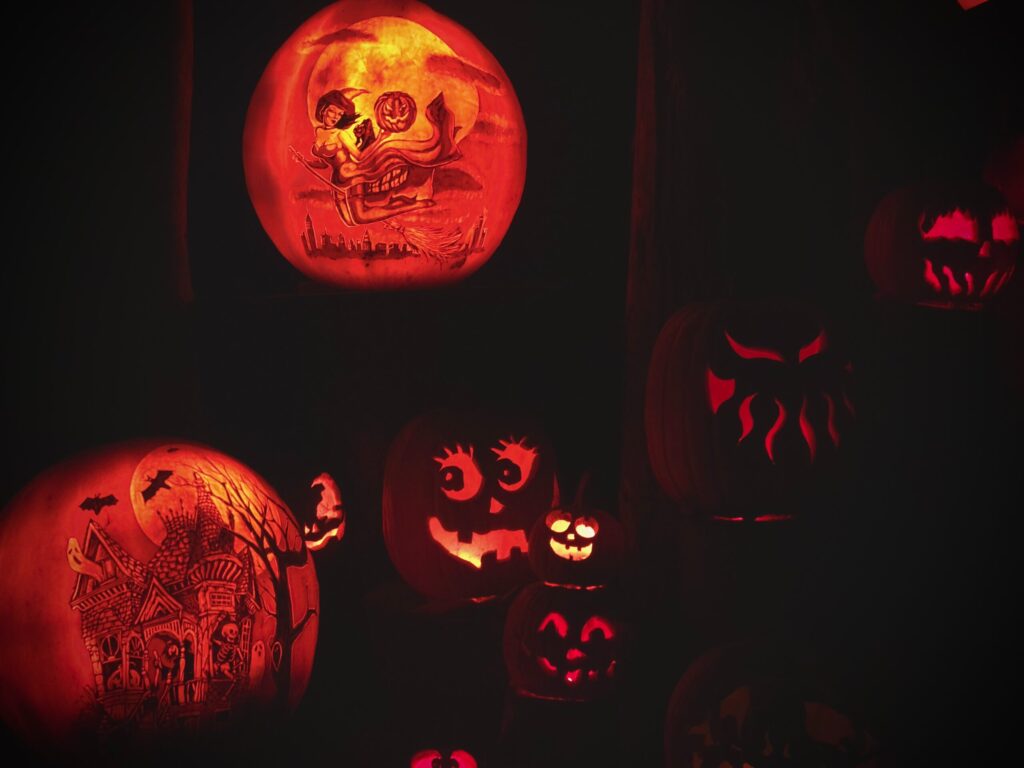
Have you ever inquired as to why the colors most closely connected to Halloween are orange and black? Why was that particular color scheme conceived of for Halloween?
It’s symbolic. Pagans in Northern France and Ireland typically celebrated, as we’ve discussed, the arrival of Autumn and consequent harvest. Orange symbolizes the color of crops, the bounty of the Earth freshly cultivated, prepared for consumption or another valuable utility. Black, a more morbid color, symbolizes the death of summer, the ebbing of the sun, the brevity of days, the fading of the light. The admixture of the two colors perfectly encapsulates the spirit of Autumn, where the Earth casts one last flash of tepid gold before transforming into the sundry and shivering Winter.
Goosebumps
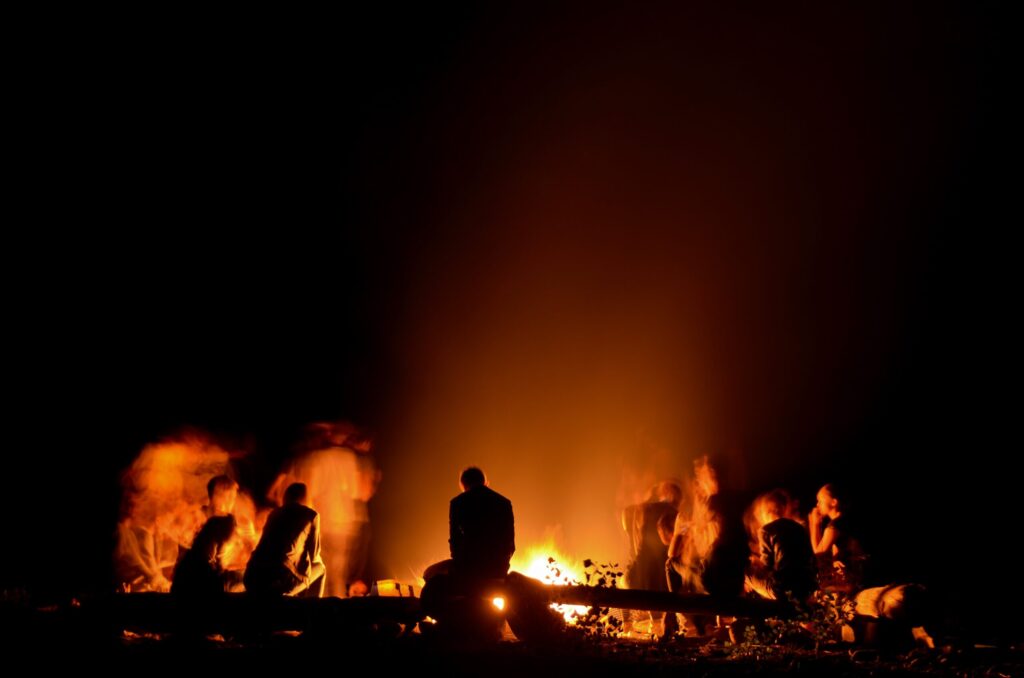
Halloween is intended to be spooky. What better way to instill others with fear and horror, than narrating frightening anecdotes, or ancient epics fraught with doomed characters and prickly antagonists?
It is not uncommon for children to sit around a campfire, the sun descending below the horizon, and keenly exchange stories of horror and disquiet. Classic tales, like that of the Headless Horseman, Sleepy Hollow, or Icabod Crane, are freshly transmuted among the generations, sustaining the oral tradition of the season.
Scream! – Halloween Traditions
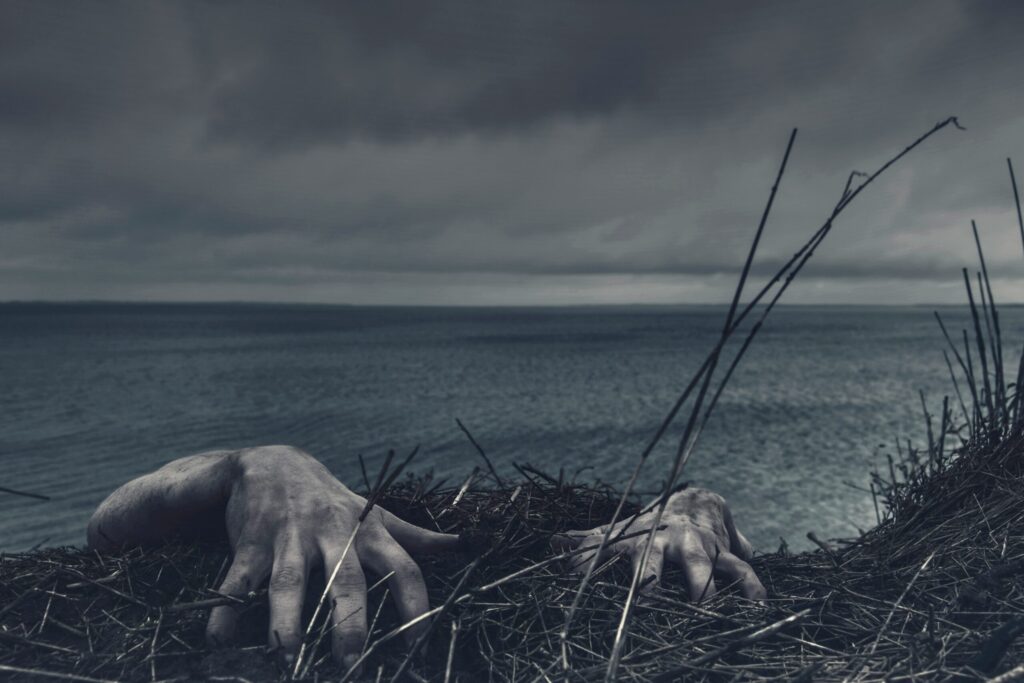
Any national holiday often evokes memories of favorite films. Halloween is no different, which is why groups of families and friends often congregate together in order to view spooky classics. Parents bequeath old favorites like Hocus Pocus, The Addams Family, and Beetlejuice to their children, invigorating interest in the genre amongst a new generation. Halloween film nights are a convenient, cost-effective, easy and fun way to access the spirit of the season.
Haunted Houses – Halloween Traditions
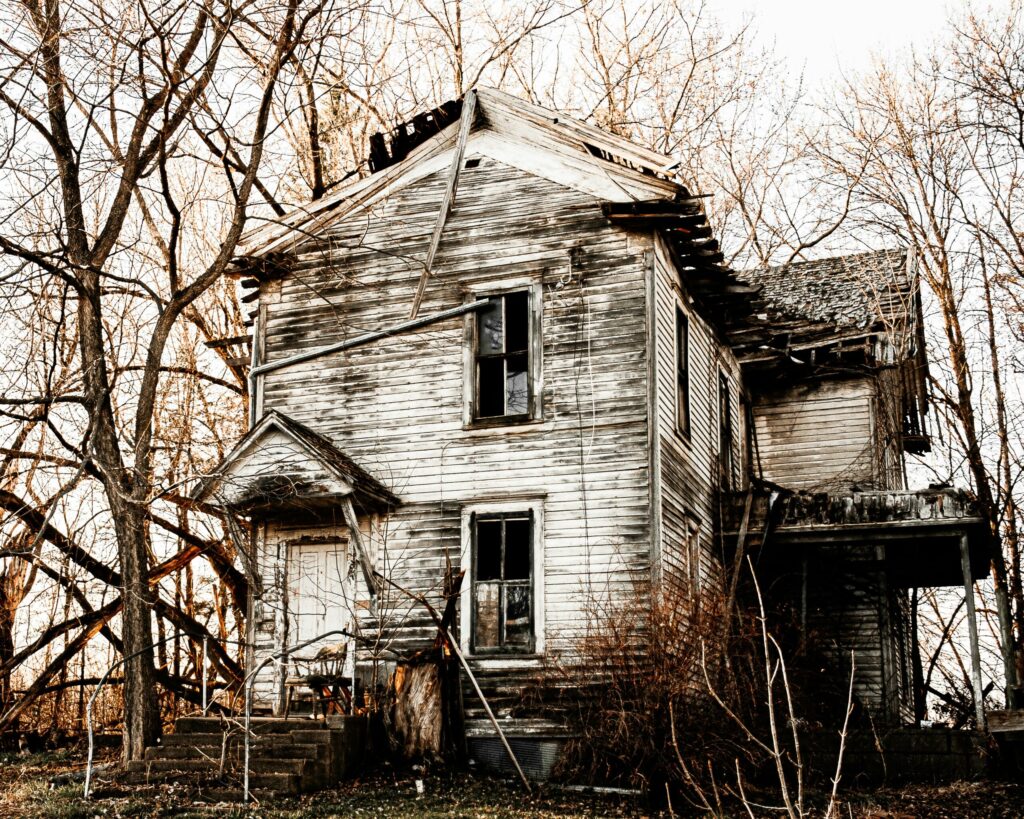
Haunted houses have long held cultural resonance within the American memory. While unaccountable noises, or stories of ghostly specters lurking in unseen corners have percolated for centuries, the prominence of haunted houses cannot be dissociated entirely with the popularity of Halloween. Haunted houses being leveraged for commercial value began in 19th century London, when different illusions and attractions were introduced for public consumption. Marie Tussaud tantalized the British viewing public with exhibitions of decapitated wax sculptures, including the beheaded visages of King Louis XIV, Marie Antoinette, and French revolutionary Robespierre. In America, haunted houses began emerging during the Great Depression, as anxious parents devised ways to distract their children. Groups of families in local communities would congregate to mutually decorate their garages with gruesome spectacles and horrific scenes.
In 1969, however, Walt Disney opened the “Haunted Mansion” attraction at Disneyland, opening additional avenues of conceptual exploration for haunted houses. Soon after, Knott’s Berry Farm, a theme park located in close proximity to Disneyland, capitalized further on Disney’s imagination, hosting Halloween nights for residents of the Southern California area. Now, there are roughly 2,700 professional haunted houses operating nationwide, offering numerous opportunities for visitors to satiate their appetite for the obscene.
Devils In Disguise – Halloween Traditions
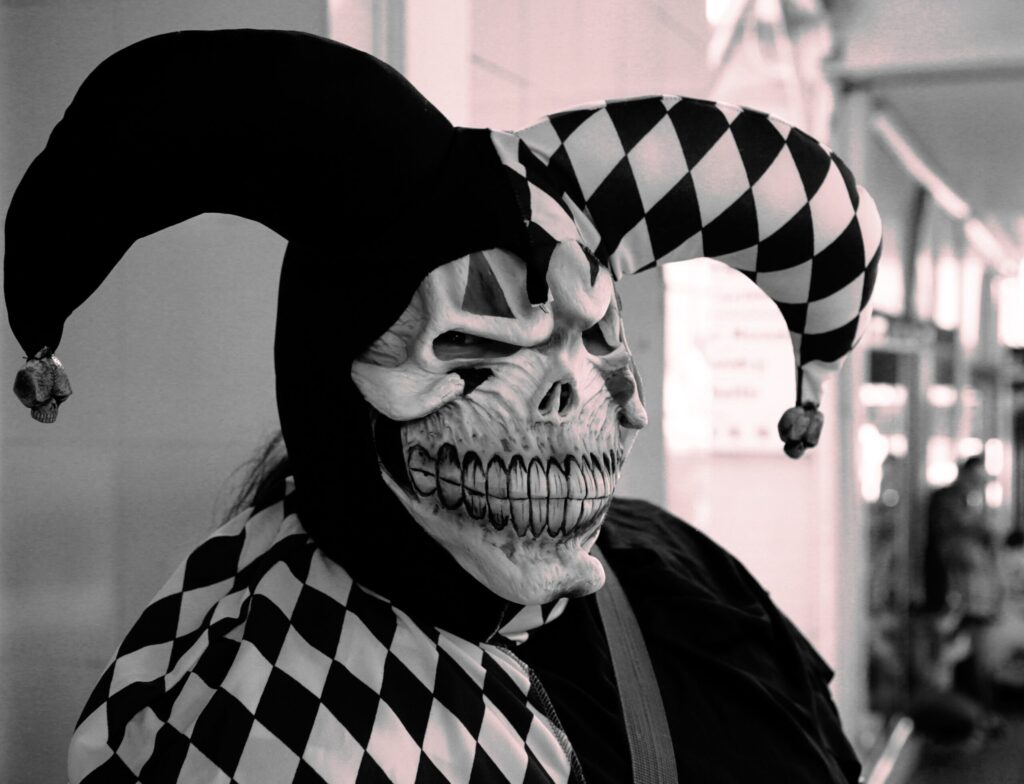
An entire cottage industry has been erected around the tradition of wearing silly, or outright scary, costumes on Halloween. Initially, the tradition was conceived as a method of deceiving malicious spirits perambulating about the mortal world. After all, if a ghost drifting about one’s property perceived you as a fellow spirit, that would logically inoculate them against perpetrating or displaying any violent behavior. Right?
The pagans thought so, and apparently so do we, given the ubiquity of costumes on the night of Halloween. Today, wearing a costume is almost regarded as a natural rite of exchange. The trickster dons a funny or spooky costume and accosts neighbors for treats, to placate any evil action they might have blithering about their head. Once the treat is proferred, the trickers continue peacefully to the next house.

